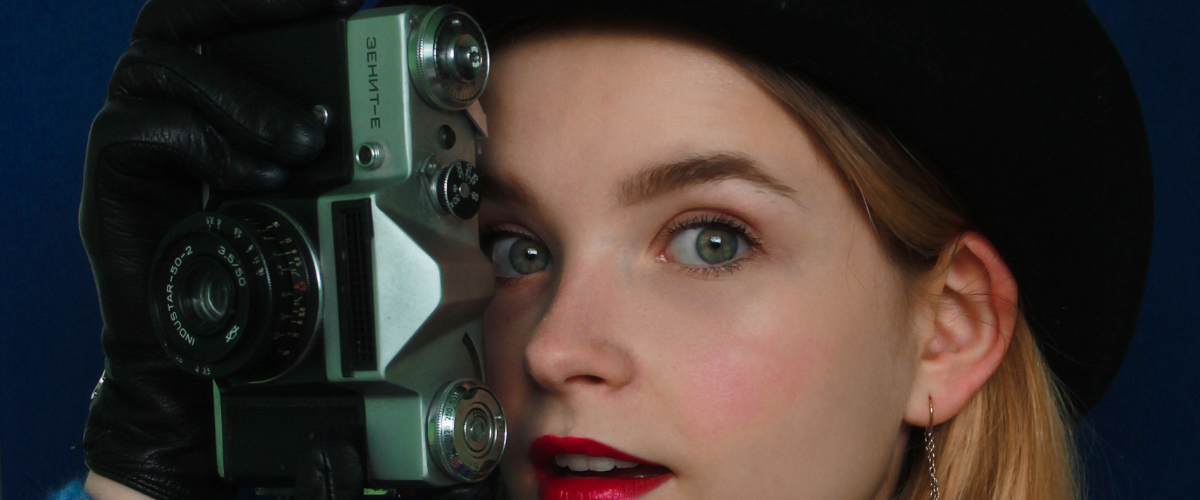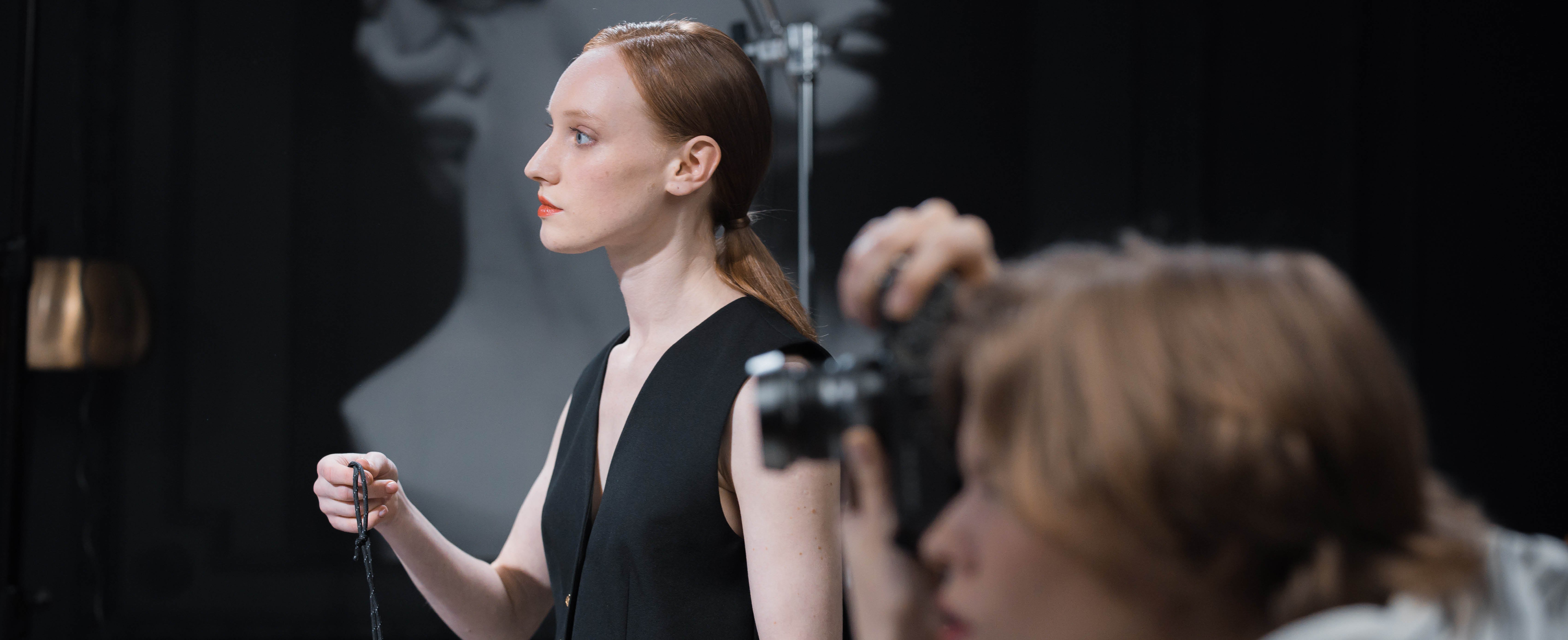This vision is also understood as personal style, that is to say, the particular way in which each photographer creates his images and what they transmit.

Have you noticed that the best photographers have marked styles that are easy to identify. To execute it, they use light, colours, type of models, retouching or even the photographic technique.
However, bringing this concept to reality is often difficult.
One of the best ways to work as a photographer and get customers is through the development of a style that is eye-catching.
That’s why is important to learn to identify what characterizes your work in order to improve your career. But how? Here are some tips…
What is your personal style?
We all follow the work of many photographers or retouchers. If you think about what excites you with these professionals, you will surely come to the conclusion that their work is consistent in style and you can always identify the creative talent behind the image.
Personal style is what characterizes the photographic work and makes it different from the work of others.

Although we are not aware of this in many cases, it is evident that there are types of images that attract our attention and we feel identified with.
So as photographers we have to develop what we want to communicate and makes us unique in order to better connect with the people we are interested in.
How do I find my personal style?
The basis for having a style is knowing yourself. In the end, it’s about transmitting something that we have inside and we want to tell.
You can start by asking yourself: What inspires me? What is my motivation? What are my goals?
We are all sensitive to images. We will agree that photography manages to transmit emotions, sensations and concepts that would be difficult to communicate in any other way.

Photographers can use this tool to express their point of view on a specific subject.
But we don’t stop there.
We don’t just have the photographic language and the narrative to express ourselves. We also have the colors, the poses or the treatment of the image. Even the type of photography we do, because it is not the same to do documentary photography as landscapes, portraits or fashion.
The image has to say something, otherwise it’s empty. Identifying what you want to say and what you want to achieve will make the process simpler.
Do you see a pattern in your photos?
Maybe you subconsciously add your style to your photos and you don’t know it. Analyze your work and look for elements that are similar. Do you like what you find? Is that what you want to communicate?
If not, don’t worry. It is a long path you have to walk along. In the end you’ll surely find your voice.
Once you determine what inspires you, start looking for references and identify the things they have in common. This will help you define the best way to tell your story.
To copy or not to copy, that’s the question.
I think it’s important to define that there are different types of copying. We can’t be tempted to imitate the work of others just because we don’t have ideas of our own.
Creating images requires work, study, research and experience.
However, being inspired by things others do can be helpful at an early stage in your career. In this sense, it is always important to explain that we have been inspired by others.
Photography is not just theory. In fact, what characterizes the work of great photographers is that they found a way to create images that makes their creative process and production simpler.

In other words, they have standardized their shooting process. In this way, they can apply this technique to the creation of images for clients.
So, studying, analyzing and even trying to copy some of the works of great photographers can be useful to learn new techniques and ways of discovering your own style. I do want to emphasize that inspiration is not about copying the work that other people do in order to profit from it, but to apply techniques that attract our attention and that others use, to learn new ways of working.
Remember that photography is learned by studying, but it is mastered by practicing. Take lots of pictures, get inspired and find your style.
But why is it important to have a style?
By having your own style, you will connect with people who are also inspired by what you communicate. In this way, you increase your chances of being hired by the right person.
Also, you’ll work better, because you’ll feel that what you do represents you and you’ll transmit what you’re passionate about.

Style changes. As you learn new techniques or have other kinds of external inputs, you will want to communicate in another way or include new elements in your images.
Finding a style that characterizes you can be a challenge at first. Only by taking pictures and listening to your inner voice you can find that “tone” you want to communicate with.
You will know that you have it when you see your photos and feel that they really represent you.
Let’s take action! 📸
Starting to build your personal style requires hard work and discipline. The first thing you need to be clear about is what you want to transmit.
Then you must find the right models to communicate your idea. In this case, ModelManagement.com offers you the possibility to post a free casting here.
After taking the photos, you should get feedback to help you improve your techniques and fine-tune the way you do photography.
For this you can use the Model Management community, where models and industry professionals can view, comment on and interact with your photos. Sign up for free here.
Do you already have a style of your own? Do you know what inspires you and what you want to communicate? Share with me your thoughts on how you have developed your style.[:]






Add comment